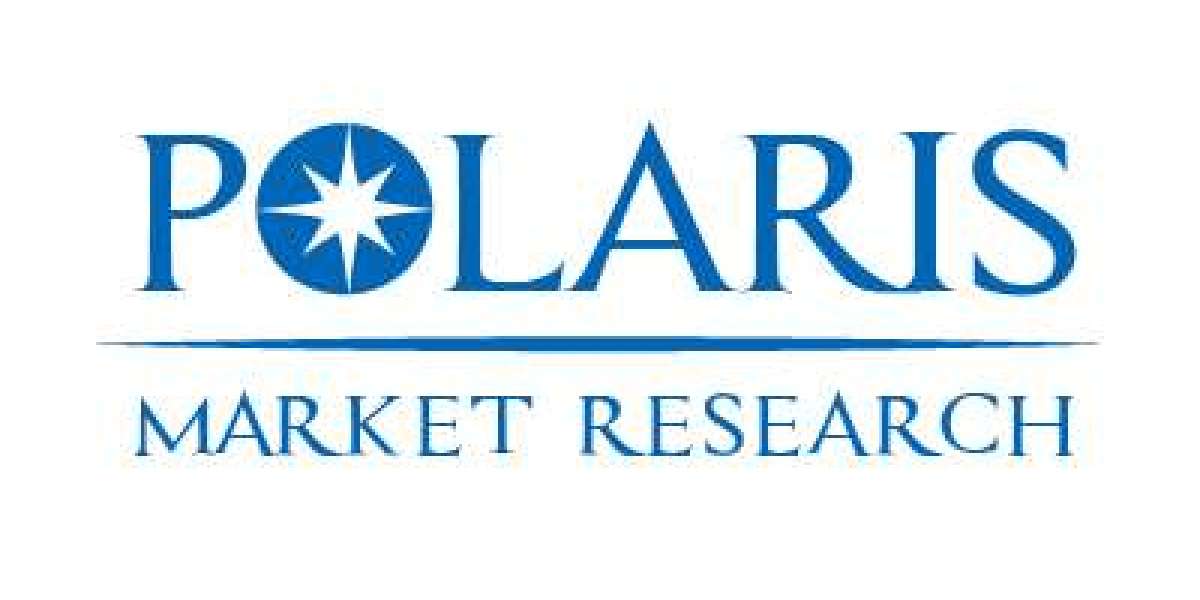Market overview
Multiomics Market size was valued at USD 2,426.21 million in 2023. The multi-omics industry is anticipated to grow from USD 2,782.37 million in 2024 to USD 8,696.36 million by 2032, exhibiting a CAGR of 15.3% during the forecast period.
The Multiomics market refers to technologies, platforms and services that combine two or more “omics” data types (genomics, transcriptomics, proteomics, metabolomics, epigenomics, microbiomics and lipidomics) to deliver holistic biological insights. This integrated approach enhances biomarker discovery, patient stratification, mechanistic understanding and therapeutic target identification beyond what single-omics studies can achieve. Demand spans academic research, biopharma R&D, clinical diagnostics, agricultural biotech and systems biology initiatives.
The market comprises multiomics instrumentation and reagents, data processing and integration software, bioinformatics services, cloud and on-premises computational infrastructure, and end-user applications for discovery, clinical decision support and translational research.
Market scope
- Technology scope: Sequencing platforms, mass spectrometry (proteomics/metabolomics), single-cell and spatial omics technologies, sample preparation kits, and multiomics library and assay kits.
- Software & analytics scope: Data integration platforms, multiomics pipelines, machine learning models for feature selection and network analysis, visualization tools, and clinical decision-support workflows.
- Service scope: Contract research and development (multiomics study design and execution), data analysis and interpretation services, validation and CLIA/ISO support for translational and clinical applications.
- Application scope: Drug discovery and target validation, biomarker discovery, precision oncology and immunotherapy, metabolic disease research, microbiome-host interaction studies, and agrigenomics.
Market opportunities
- Precision medicine and companion diagnostics. Multiomics enables more accurate patient stratification and biomarker panels for targeted therapies, offering opportunities to translate discoveries into clinical diagnostics and companion assays.
- Single-cell and spatial multiomics expansion. High-resolution single-cell and spatial methods unlock tissue microenvironment insights (tumor-immune interactions, developmental biology) and create demand for integrated platforms and analytic tools.
- AI/ML-driven integrative analytics. Combining deep learning with network biology and causal inference opens new possibilities for predictive biomarkers, drug repurposing and complex trait modeling, driving demand for software and curated datasets.
- Industrial and agricultural biotech applications. Multiomics can optimize strain development, crop resilience and microbiome engineering, providing commercial opportunities beyond human health.
Key market growth drivers
- Need for systems-level biological understanding. Complex diseases and therapy responses cannot be fully explained by single omics layers; integrated data yields mechanistic insights that improve translational success rates.
- Advances in high-throughput technologies and cost declines. Reduced sequencing and mass spectrometry costs, plus more automated sample prep, make multiomics projects more affordable and scalable.
- Regulatory and payer interest in evidence of clinical utility. Growing appetite for multiomics evidence in regulatory submissions and reimbursement dossiers encourages investment in robust multiomics validation pipelines.
- Cloud computing and federated data platforms. Scalable compute and secure data sharing accelerate collaborative multi-site studies and large cohort analyses needed to derive generalizable biomarkers.
Market challenges
- Data integration and interpretation complexity. Heterogeneous data types, missing data, varying scales and batch effects complicate integration; robust statistical and causal frameworks are still maturing.
- Standardization and reproducibility. Lack of universally accepted standards for data formats, metadata capture and pre-analytics undermines reproducibility and cross-study comparability.
- Privacy, governance and data sharing barriers. Human multiomics datasets are highly sensitive; navigating consent, privacy laws and cross-border data governance is complex, slowing consortium studies.
- High-skill talent shortage. Demand for expertise in systems biology, bioinformatics, computational statistics and AI outstrips supply, creating bottlenecks for large-scale projects.
Browse Full Insights:
https://www.polarismarketresearch.com/industry-analysis/multiomics-market
Regional analysis
North America — A leading region for multiomics investment due to strong academic research hubs, biopharma R&D concentration, and cloud and analytics infrastructure. Large cohort studies and cross-institution consortia support market growth.
Europe — High regulatory standards and public-private initiatives support translational multiomics projects; emphasis on data privacy and ethical frameworks influences data sharing models (e.g., federated learning approaches).
Asia Pacific (APAC) — Rapid investment in genomics and biotech infrastructure, growing clinical cohorts, and a large patient base present strong growth potential. Regional hubs are increasing local capacity for proteomics and metabolomics.
LAMEA — Emerging activity in academic and agricultural applications; growth accelerated by collaborations with global consortia and by targeted investments in regional health priorities.
Key companies
Summarized by function to respect the request for no company names:
- Instrument manufacturers of sequencing, mass spectrometry and single-cell/spatial platforms.
- Reagents and consumables providers supplying library kits, derivatization chemistries and sample prep tools.
- Software and analytics vendors specializing in multiomics integration, visualization and ML pipelines.
- Contract research organizations (CROs) and core labs offering turnkey multiomics studies and validation services.
- Data hosting and cloud service providers enabling scalable compute, storage and secure collaboration.
Conclusion
Multiomics is shifting from a research-centric paradigm to a core capability for translational science, clinical decision support and industrial biotech. While challenges in data integration, standardization and governance persist, the combination of technological advances, AI-driven analytics and growing clinical interest in multi-layer biomarkers creates a robust growth runway. Organizations that invest in interoperable platforms, rigorous pre-analytic workflows and cross-disciplinary talent will be best positioned to translate multiomics insights into validated applications with commercial and clinical impact.
More Trending Latest Reports By Polaris Market Research:
Dna And Rna Banking Services Market








